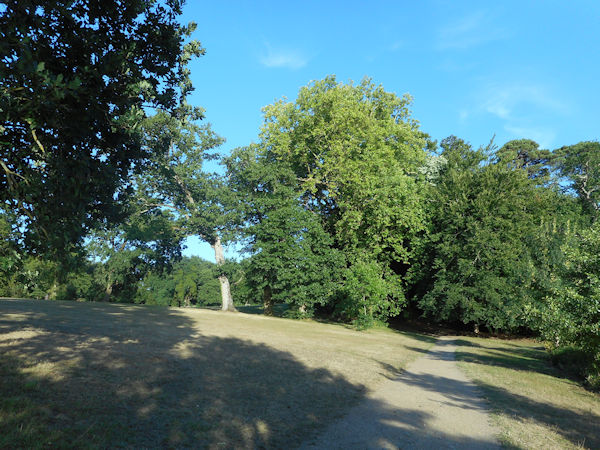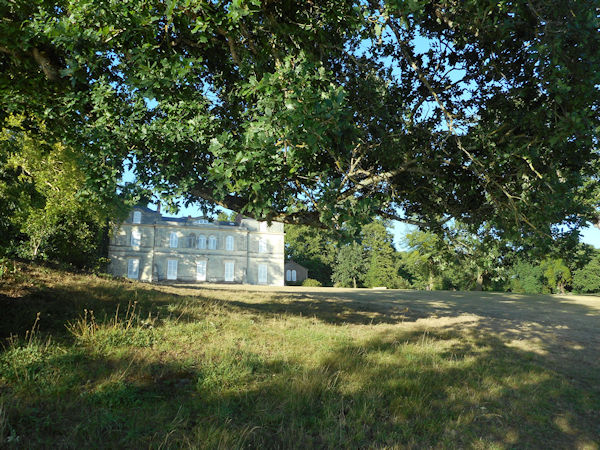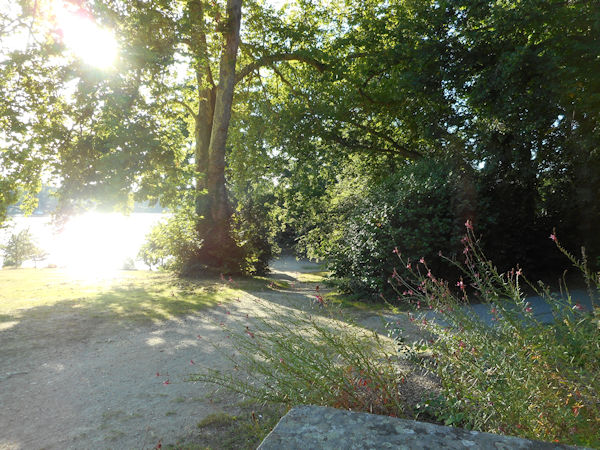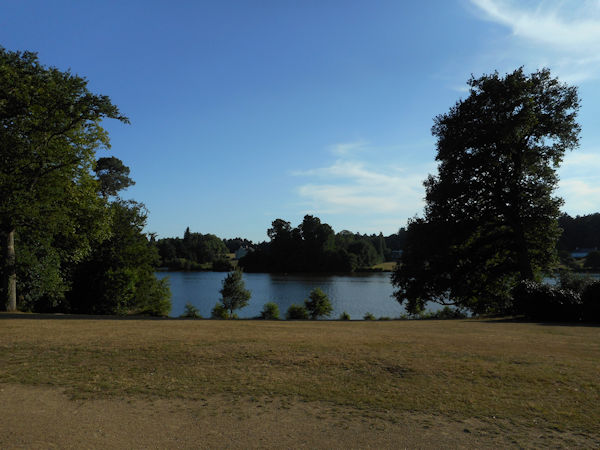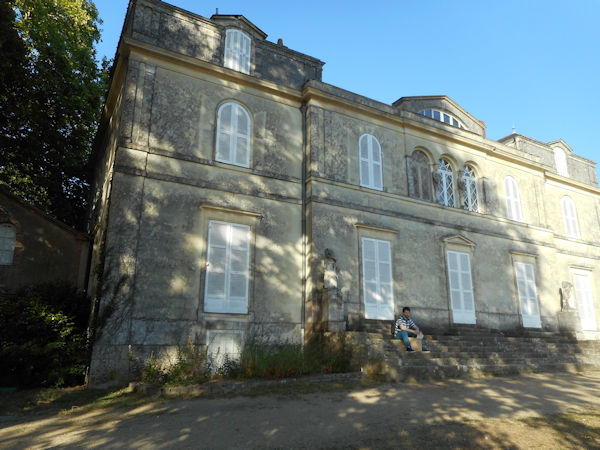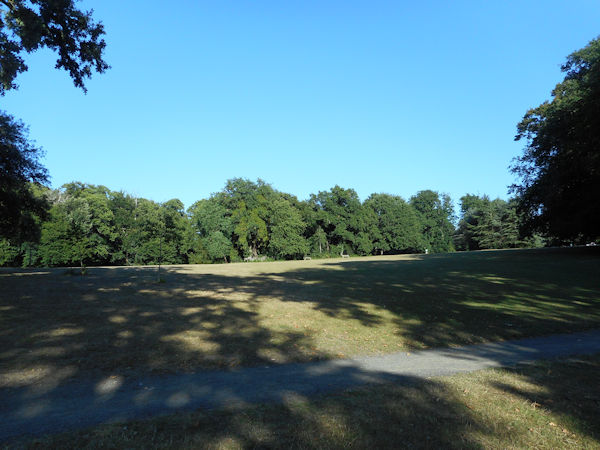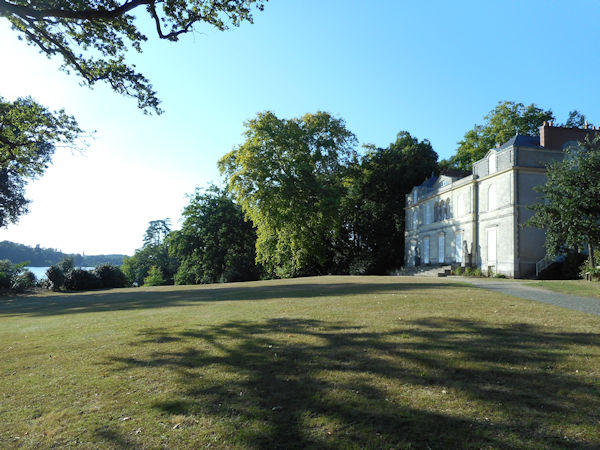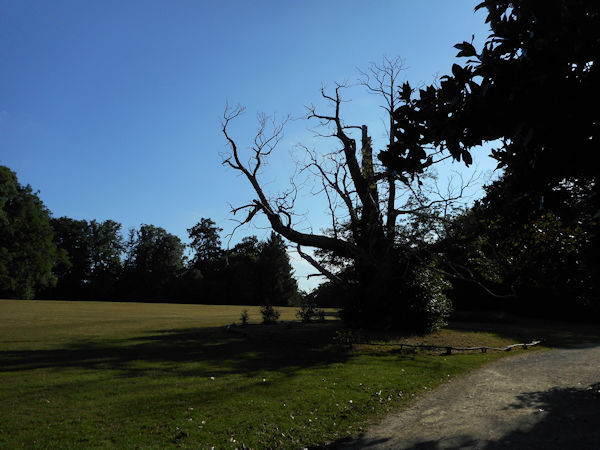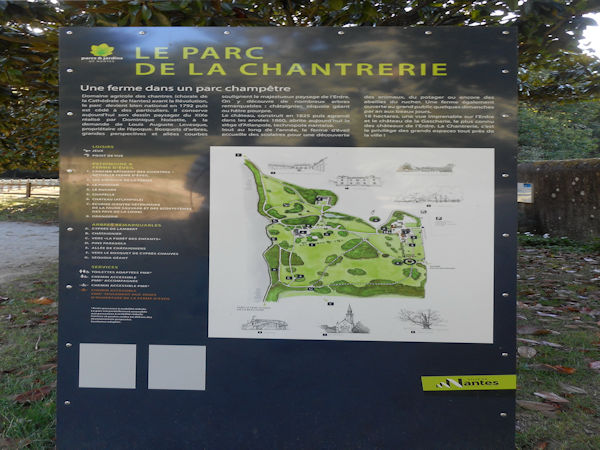During my first Summer I experienced France in some of its finest moments, the long sweeping shadows of the Chantrerie defining the late afternoon, small sparkling flower heads leaning in as we lunched alone on the rear manor house steps, oblivious to the activity the statues behind us had seen in centuries past.
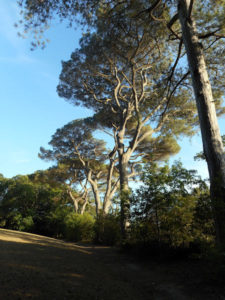
History
Built on the banks of the Erdre, running for almost 900 meters, this 18 hectare park was once part of an estate belonging to the Nantes cathedral on the eve of the Revolution. There was an important farm where the incomes essentially derived from the cultivation of the vineyard (planted at the beginning of the 17th century), were used to maintain the cathedral choir, which explains the name – “Chantrerie” comes from the word chantre, to sing.
In 1697, Miss Jean Barrin, “singer in dignity of the cathedral church of Nantes”, rented out the house, lands and dependencies of La Chantrerie for a period of nine years to Marie Bernardeau, widow of Pierre Niel, originally from Carquefou. The farmhouse then comprised the main house, the press, the stable, the garden, meadows, arable land, woods, coppice, vineyards, and a right to fish on the Erdre.
Before the Revolution, the family Launey, a farming family occupied the estate paying 900 livres a year. Becoming a national property, Les Launay bought it in 1791 for the sum of 60,200 livres. Forty years later, the estate was owned by the Nantes architect Étienne Blon who built the present villa there in 1825. In 1831 his daughter Anne-Clemence married Louis Levesque, son of the mayor of Nantes Louis-Hyacinthe Levesque. The latter had the chapel erected in 1836 and in 1860 the house of his father-in-law was enlarged to give it a floor. In 1872 the landscapist Nantes’ Dominique Noisette who is also responsible for the development of the Parc de Procé was responsible for redesigning the park.
La Chantrerie remained in the hands of the Levesque family until 1922. In 1938 the owner Similien Normand sold it to the Drouins, a former family of ship owners later involved in road transport. The latter sold it to the city of Nantes in 1972. At the time of the acquisition it was 37 hectares in area with one half converted into a public park, the “Chantrerie Park” as we know it which was opened to the public in 1979, and the other half hosting the same year the buildings of the National Veterinary School of Nantes.
The villa, the surrounding pavilions, the orangery, part of the park and the chapel are listed in the supplementary inventory of historic monuments by decree of 20 May 1973.
The Parc de la Chantrerie has given its name to the Campus de la Chantrerie located nearby.
CLICK Refresh FOR SLIDES

